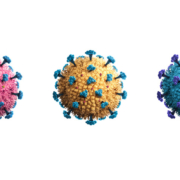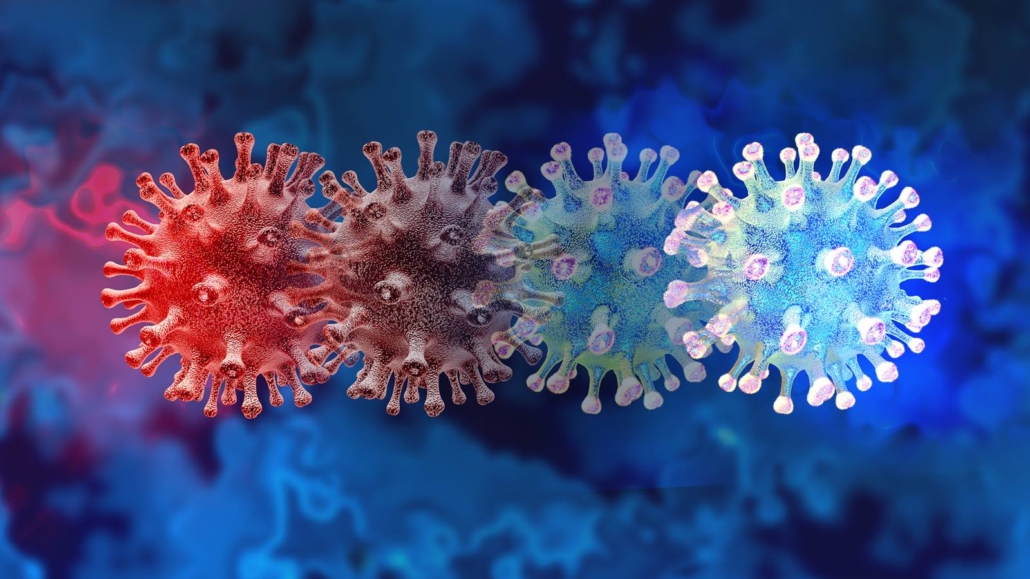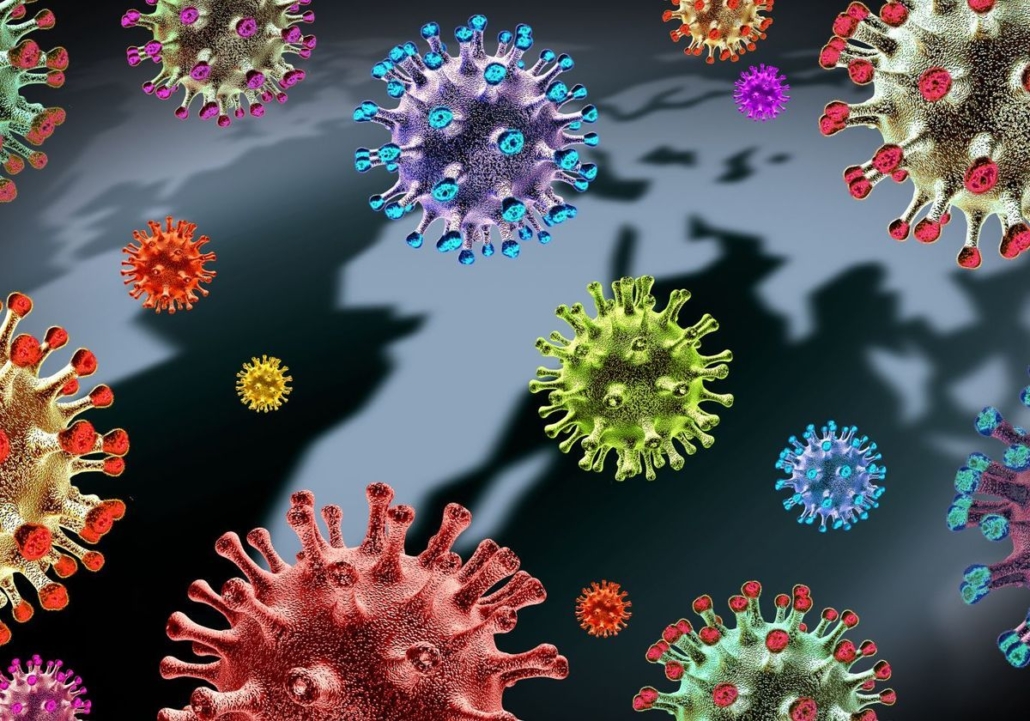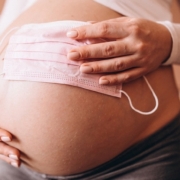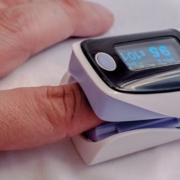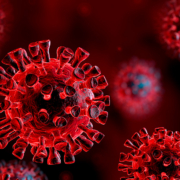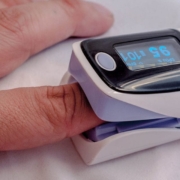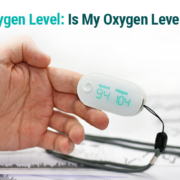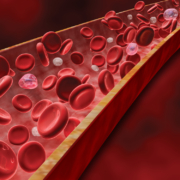COVID-19: Who’s at higher risk
COVID19 and people who are at higher risk are from all walks of life, but some may have greater chances of catching it or are often more severe. Including those over age 60 and people with heart disease, lung disease, or diabetes. A lot depends on the kind of work you do, the conditions you live in, and whether you have other health problems.
Older Adults
The risk of developing dangerous symptoms increases with age, with those who are age 85 and older at the highest risk of serious symptoms. An estimated 6% to 29% of people 85 and older who get COVID-19 will require intensive care. Here are some reasons why:
- As you age, changes to your lung tissue can make it harder to heal from COVID-19.
- Older adults are more likely to have long-term health problems that can put them at risk.
- Your immune system weakens as you age, making it more difficult for older people to fight off infections.
- Older adults are more likely to have long-term health problems that can put them at risk.
Conditions That May Raise Your Risk of serious complications with COVID-19
Heart problem: Although COVID-19 most often affects the airway and lungs, these organs work together with the heart to drive oxygen to the body’s tissues. When the lungs are overtaxed due to illness, the heart has to work harder, which creates challenges for people who are already living with heart disease. Raise your risk of severe illness.
Chronic airway and lung diseases: People with this long-term condition may already have lung damage that can set the stage for more severe infection with the new coronavirus because of scarring, inflammation, or lung damage.
Diabetes and Obesity: Diabetes type 1 and type 2 both cause an increase in blood sugar. Poorly controlled blood sugar can cause viral diseases. In addition, diabetes increases inflammation and weakens the immune system, making it harder for people living with the condition to fight off disease in general.
Weakened immune system: conditions and treatments that can weaken your immune system, including:
- Organ transplants
- Cancer treatments
- Bone marrow transplant
- HIV/AIDS
- Long-term use of prednisone or similar drugs that weaken your immune system
Children are less likely to get COVID-19 than adults, and severe cases are rare.
Essential workers like doctors, nurses, nursing home workers, and home health aides are in the front lines of the fight against COVID-19. Grocery store employees, mail carriers, bus drivers, and others also have important jobs that can’t be done at home. The kind of work they do means they need to interact with others outside their homes, which puts them at higher risk of infection.
Whether or not they are in a high-risk category, everyone needs to take steps to protect themselves by getting a vaccine that can prevent you from getting the COVID-19 virus or prevent you from becoming seriously ill if you get the COVID-19 virus.
Experts recommend that you take these steps:
- Wash your hands often.
- Avoid large events and mass gatherings.
- Avoid touching your eyes, nose and mouth.
- Avoid sharing dishes, glasses, towels, bedding and other household items if you’re sick.
- Stay home as much as you can.
- If you have to go out, make sure you stay 6 feet away from others, or about two arm lengths.
- Meet up with other people outdoors when possible.
- Wear a face mask in indoor public spaces and outdoors where there is a high risk of COVID-19 transmission, whether you are fully vaccinated or unvaccinated.
- Avoid large events and mass gatherings.
- Clean and disinfect frequently touched surfaces in your home every day to stop the spread of the virus from person to person.
Disclaimer
The information, including but not limited to, text, graphics, images and other material contained on this website are for informational purposes only. The purpose of this website is to promote broad consumer understanding and knowledge of various health topics. It is not intended to be a substitute for professional medical advice, diagnosis, or treatment. Always seek the advice of your physician or another qualified healthcare provider with any questions you may have regarding a medical condition or treatment and before undertaking a new health care regimen, and never disregard professional medical advice or delay in seeking it because of something you have read on this website.
References:


